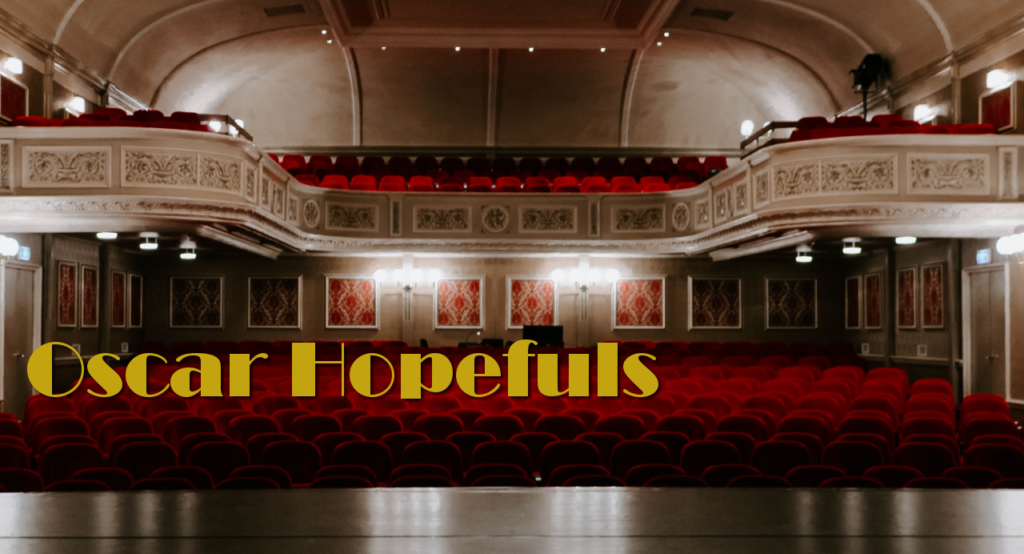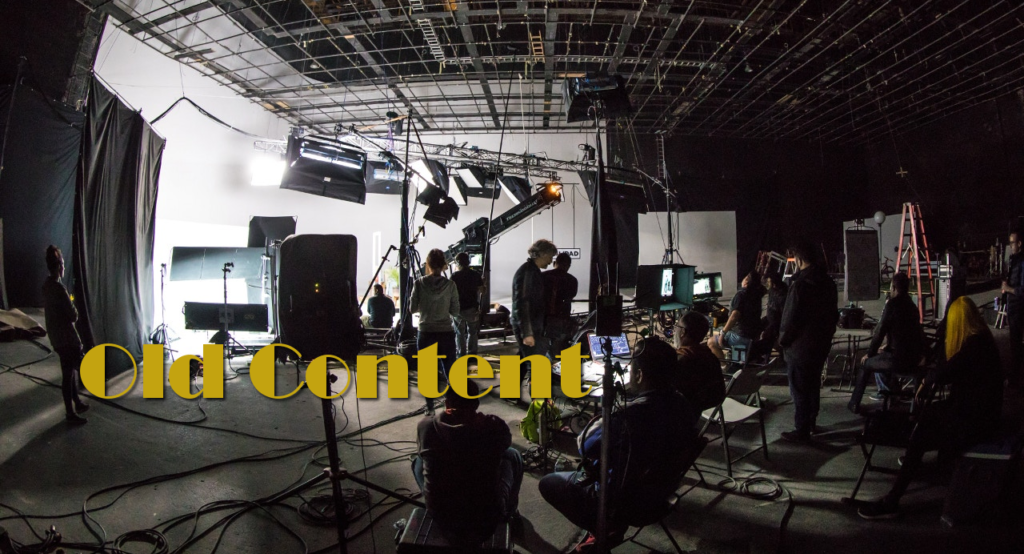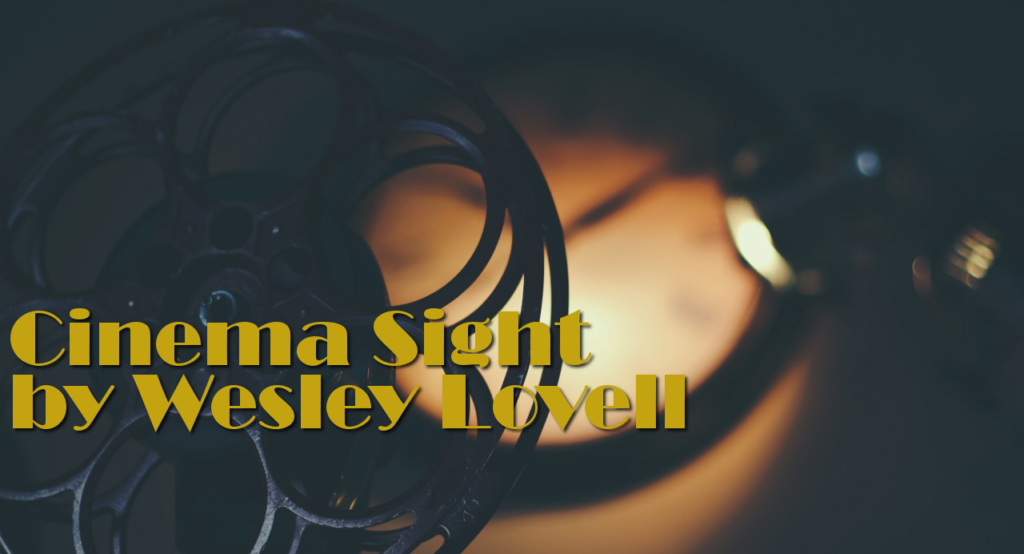 Born February 15, 1899 in Litchfield, Minnesota, Edith Holm Sondergaard, known professionally as Gale Sondergaard, was the daughter of socially conscious Danish immigrants. Her parents were progressives. As a child she marched with her mother, who was a suffragette. Educated at the University of Minnesota, she then studied with the Minneapolis School of Dramatic Arts before joining the John Keller Shakespeare Company with which she toured North America before making her Broadway debut.
Born February 15, 1899 in Litchfield, Minnesota, Edith Holm Sondergaard, known professionally as Gale Sondergaard, was the daughter of socially conscious Danish immigrants. Her parents were progressives. As a child she marched with her mother, who was a suffragette. Educated at the University of Minnesota, she then studied with the Minneapolis School of Dramatic Arts before joining the John Keller Shakespeare Company with which she toured North America before making her Broadway debut.
Married for the first time in 1922 to Neill O’Malley, Sondergaard made her Broadway debut in 1928 in Strange Interlude. She was steadily employed on Broadway, appearing in nine plays through July 1934, divorcing O’Malley in 1930 and marrying Herbert J. Biberman, then stage manager at the left-leaning Theater Guild.
Sondergaard came to Hollywood in 1935 with Biberman who made his film debut as dialog director on Columbia’s Eight Bells. She made her own film debut as the scheming villainess in 1936’s Anthony Adverse for which she would win the first Best Supporting Actress Oscar.
The actress was swiftly cast in 1937’s Maid of Salem, the remake of Seventh Heaven and the Oscar-winning The Life of Emile Zola. In 1938, she was in Lord Jeff, Dramatic School and Never Say Die.
Originally signed to play a glamorous wicked witch of the west in 1939’s The Wizard of Oz, she dropped out when the character was changed from glamorous to ugly with the role going to Margaret Hamilton instead.
Sondergaard remained a familiar face in popular films from 1939 through 1946 including Juarez, The Cat and the Canary, The Mark of Zorro , The Letter, The Black Cat, My Favorite Blonde, A Night to Remember, Appointment in Berlin, Sherlock Holmes and the Spider Woman, Christmas Holiday and Anna and the King of Siam for which she received a second Oscar nomination.
Biberman was arraigned before HUAC (The House Committee on Un-American Activities) in 1947. Deemed an unfriendly witness, he was one of the Hollywood Ten imprisoned for six months in 1950. Both he and Sondergaard were blacklisted. Although Biberman directed the independently produced Salt of the Earth in 1954, Sondergaard did not work from 1949’s East Side, West Side until she appeared in Biberman’s next and last film, 1969’s Slaves. He died of bone cancer in 1971.
After her comeback in Slaves, Sondergaard appeared regularly on TV, making just two more theatrical films, 1976’s Return of a Man called Horse and 1982’s straight to video Echoes.
Gale Sondergaard died of natural causes on August 14, 1985. She was 86.
ESSENTIAL FILMS
ANTHONY ADVERSE (1936), directed by Mervyn LeRoy
Nominated for seven Oscars including Best Picture and winner of four for Cinematography, Editing, Score and Sondergaard as Best Supporting Actress, the first award given in her category. Curiously both Sondergaard and her chief rival for the Oscar, Maria Ouspenskaya in Dodsworth were acclaimed stage actresses making their film debuts in underwhelming performances. Ouspenskaya was outclassed by co-star Mary Astor who should have been nominated instead and Sondergaard by Blanche Yurka as a much more convincing villainess, the evil Madame De Farge in A Tale of Two Cities.
THE MARK OF ZORRO (1940), directed by Rouben Mamoulian
An Oscar nominee for Best Score, Sondergaard is probably best known today for her memorable portrayal of the ambitious wife of cowardly mayor J. Edward Bromberg in this best of numerous incarnations of the famed swashbuckling tale set in early California. Tyrone Power, Linda Darnell, Basil Rathbone, and Eugene Pallette were also outstanding. Rathbone and Sondergaard would thrill audiences together again in 1943’s Sherlock Holmes and the Spider Woman which was one of the best entries in the Rathbone/Nigel Bruce Holmes films made in the 1940s.
THE LETTER (1940), directed by William Wyler
Critics singled Sondergaard out for her portrayal of the vengeful wife of the man faithless wife Bette Davis shoots in the opening scene of Wyler’s remake of the 1929 film that earned Jeanne Eagles and Oscar nomination, the first given to an actor posthumously. This version was nominated for seven Oscars including Best Picture, Director, Actress (Bette Davis), Supporting Actor (James Stephenson as Davis’ attorney), Cinematography, Editing and Score. Herbert Marshall, who played Davis’ husband to some of the best notices of his career, and Sondergaard were overlooked.
ANNA AND THE KIM OF SIAM (1946), directed by John Cromwell
Although Sondergaaard was mostly known for her villainous roles, she could on occasion play sympathetic roles with the best of them. One such role was as Lady Thiang, the king’s head wife in this production of the beloved story that formed the basis of Rodgers & Hammertstin’s The King and I. Irene Dunne was schoolteacher Anna Leonowens (shortened to Owens here), Rex Harrison was King Mongkut, Lee J. Cobbb was Kralahome and Richard Lyon was Anna’s son Louis. Sondergaard received her second Oscar nomination for her performance early in 1947, the year her career began to screech to a halt.
THE RETURN OF A MAN CALLED HORSE (1976), directed by Irvin Kershner
Sondergaard was off the screen for twenty years between 1949 and 1969 when she reappeared in husband Abner Biberman’s Slaves, after she appeared regularly on TV, most notably in the Joan Crawford role of the nasty boss in The Best of Everything when the TV series from the book and movie of that name was made into a 1970 daytime TV series. Reprising a role created by another legendary actress, she had the role originated by Judith Anderson in 1970’s A Man Called Horse when the sequel to that popular western was made with Richard Harris in his old role of the Englishman among the Indians.
GALE SONDERGAARD AND OSCAR
- Anthony Adverse (1936) – Oscar – Best Supporting Actress
- Anna and the King of Siam (1946) – nominated – Supporting Actress


















Leave a Reply